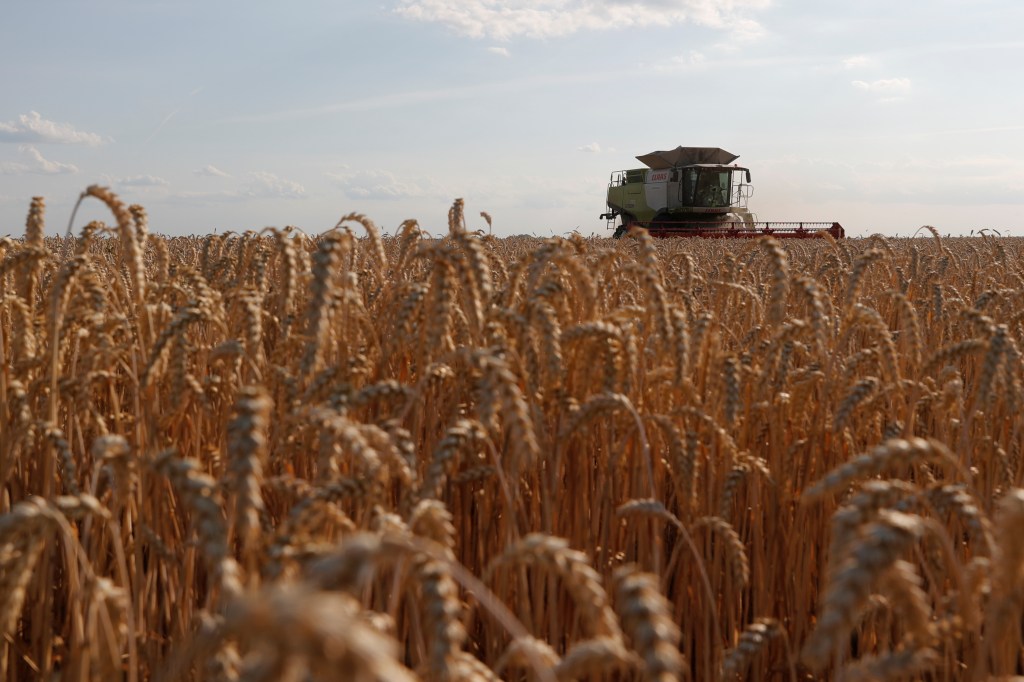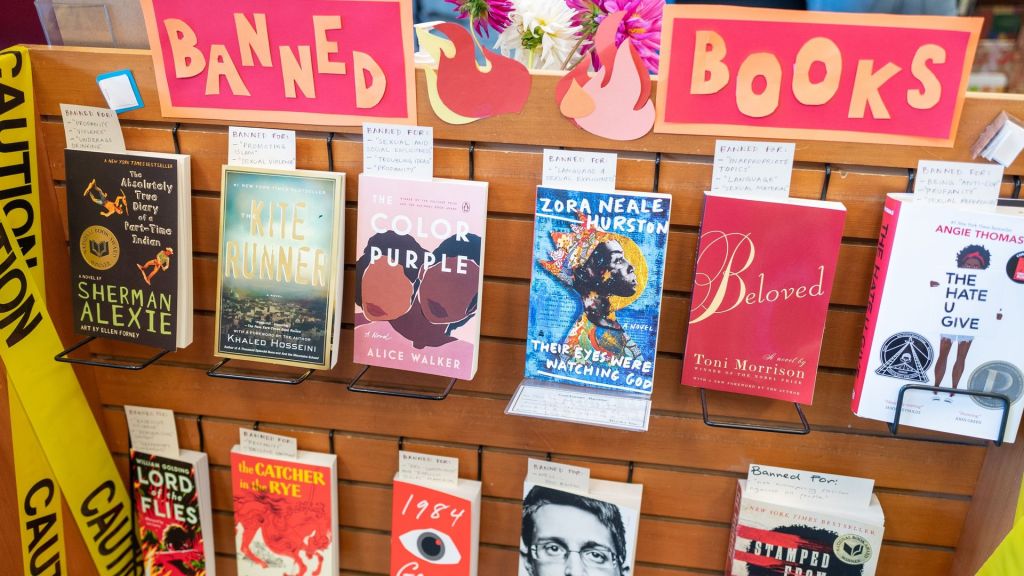
A combine harvests wheat in a field near the village of Hrebeni in Kyiv region, Ukraine July 17, 2020. Picture taken July 17, 2020. REUTERS/Valentyn Ogirenko
Commentary
-
Our commentary partners will help you reach your own conclusions on complex topics.
-
Global internet in a precarious state, but that could be a positive
Over 500 underwater cables span over 870,000 miles worldwide, serving as the foundation of the modern global internet. Despite their critical role in facilitating communication, these cables often go unnoticed, even as the amount of data transmitted through them has surged. So what happens if the cables fail? Straight Arrow News contributor Peter Zeihan contends…
-
Water wars are an unlikely future
Foreign policy writers have long warned of the possibility that clean drinking water might become “the next oil” — that is, that major wars might be fought around the globe over access to potable water. With expanding populations and finite water supplies, these critics argue that humans will inevitably fight each other to secure drinking…
-
Are Russia’s hypersonic missiles too good to be true?
Russia has reportedly used five of its new hypersonic Zircon missiles to target Kyiv since the beginning of 2024. Russia claims that these sea-based missiles, boasting a range of 625 miles and capable of traveling at nine times the speed of sound, are part of its family of “superweapons” aimed at penetrating the U.S. missile…
-
Norway sending F-16s to Ukraine
In recent months, the need for Ukrainian air defenses has grown more urgent. As U.S. aid is unable to pass through Congress, Ukraine’s European allies have been stepping up to provide what they can. Norway is now the latest nation to pledge F-16s to Ukraine, not only to defend Ukrainian airspace, but also for the…
-
Russians targeting civilian emergency crews in Ukraine
Russian forces are applying a brutal tactic in their war on Ukraine. The tactic, “double tap,” includes an initial strike on a specific civilian target of some value, followed by a second strike intentionally designed to kill the emergency first responders, medical staff, firefighters, and other key personnel dispatched to the location of the first…
Latest Stories
-
 Reuters
Reuters
Voyager 1 sending data to Earth for first time in five months
-
 Getty Images
Getty Images
White House imposes staffing requirements for nursing homes
-
 Getty Images
Getty Images
Protests lead to arrests across college campuses
-
 Getty Images
Getty Images
Conservative media isn’t covering Kari Lake Supreme Court dismissal
-
 Getty Images
Getty Images
Supreme Court says it will hear case on Biden’s ‘ghost gun’ ban
Popular Opinions
-
In addition to the facts, we believe it’s vital to hear perspectives from all sides of the political spectrum.
Latest Opinions
In addition to the facts, we believe it’s vital to hear perspectives from all sides of the political spectrum. We hope these different voices will help you reach your own conclusions.
The opinions published in this section are solely those of the contributors and do not reflect the views of Straight Arrow News.

















Latest Commentary
We know it is important to hear from a diverse range of observers on the complex topics we face and believe our commentary partners will help you reach your own conclusions.
The commentaries published in this section are solely those of the contributors and do not reflect the views of Straight Arrow News.
Peter Zeihan
Geopolitical StrategistWater wars are an unlikely future
Are Russia’s hypersonic missiles too good to be true?
Norway sending F-16s to Ukraine
Dr. Frank Luntz
Pollster and Political Analyst‘Take the job seriously’: Why Americans are fed up with Congress
‘If we can shrink it, it will stop growing’: Americans talk debt, deficit
‘I don’t think they care’: Undecided voters explain their reasons
Pete Ricketts
U.S. Senator for Nebraska